All About Barracuda: How to Catch and Handle Them Safely
Barracudas, with their sleek torpedo-shaped bodies and fearsome teeth, represent one of the ocean’s most fascinating predators. These powerful fish have captivated fishermen and marine enthusiasts alike for generations, earning a reputation that’s equal parts respect and caution. Whether you’re an experienced angler seeking a new challenge or simply curious about these remarkable creatures, understanding barracudas is essential before attempting to catch one. This comprehensive guide will explore everything from their biology and habitat preferences to the specialized techniques for catching them and the crucial safety measures required when handling these powerful fish.
Understanding Barracuda Species
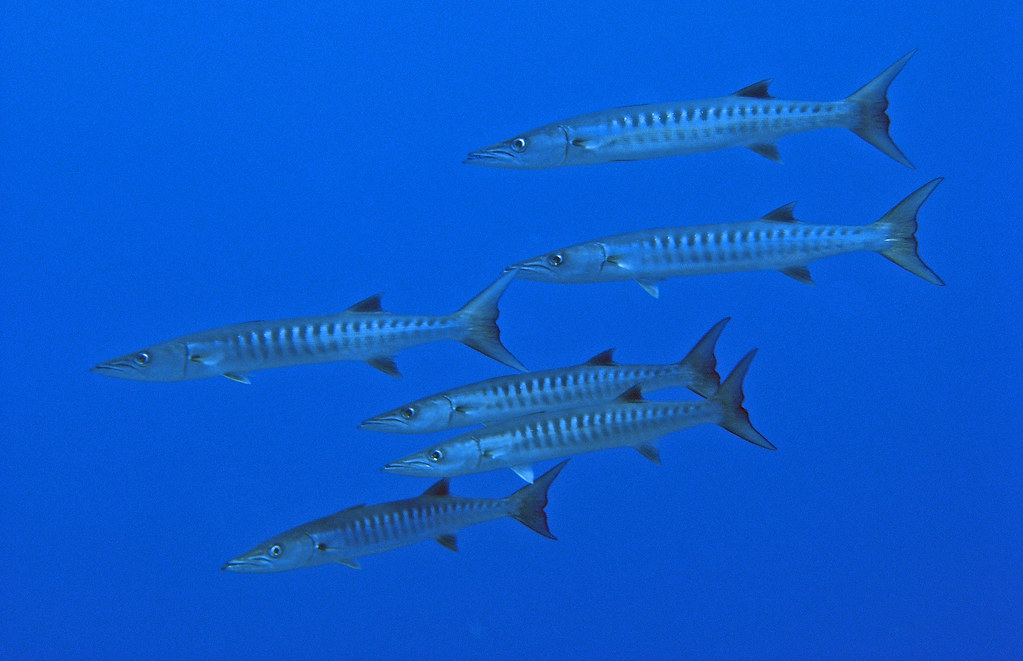
The barracuda family (Sphyraenidae) comprises over 20 different species found in tropical and subtropical waters worldwide. The great barracuda (Sphyraena barracuda) is the largest and most well-known species, capable of growing up to 6.5 feet in length and weighing over 100 pounds, though most specimens encountered by anglers are considerably smaller. Other common species include the European barracuda (Sphyraena sphyraena), Pacific barracuda (Sphyraena argentea), and the guinean barracuda (Sphyraena afra). Each species has slight variations in appearance, size, and behavior, though all share the distinctive elongated body shape, powerful jaws, and predatory nature that makes barracudas instantly recognizable. Understanding which species inhabits your fishing area will help you adapt your techniques and gear appropriately.
Barracuda Habitat and Distribution
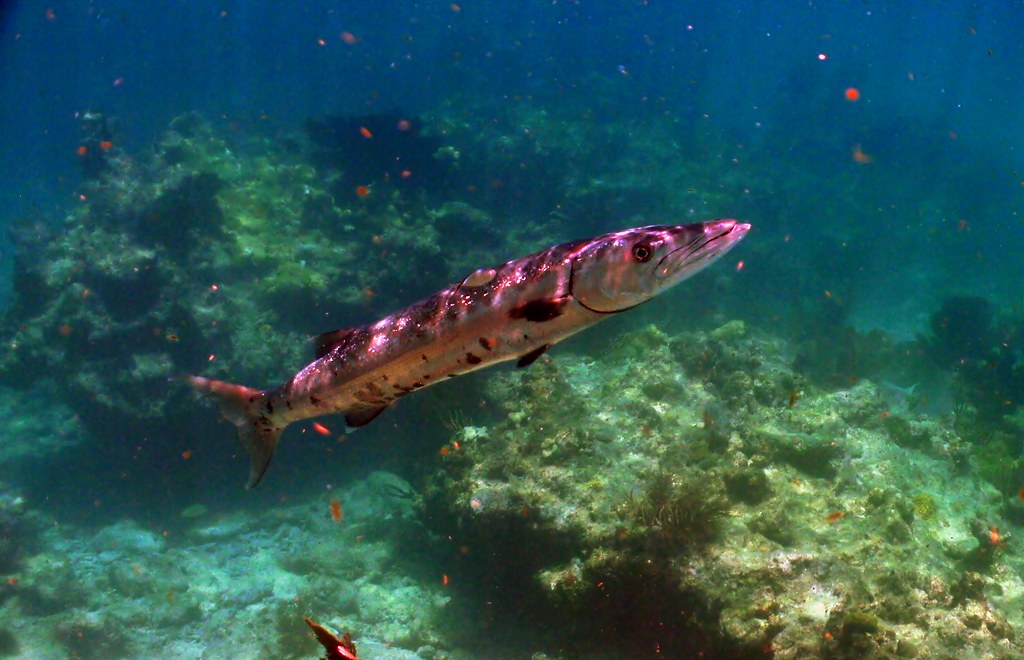
Barracudas are primarily found in warm, tropical, and subtropical waters around the globe, with the greatest diversity occurring in the Indo-Pacific region. They typically inhabit coral reefs, seagrass beds, and areas near drop-offs where they can ambush prey, though they’re also known to patrol open waters. Young barracudas often seek shelter in mangroves and shallow inshore areas, gradually moving to deeper waters as they mature. Different species have adapted to specific depth ranges, with some preferring shallow coastal waters while others inhabit depths of up to 330 feet. Barracudas are particularly common in the Caribbean Sea, the Gulf of Mexico, and throughout the Indo-Pacific region including the Red Sea, though various species can be found in suitable habitat worldwide. Knowing where barracudas tend to congregate in your region is the first step toward successful fishing.
Barracuda Biology and Behavior
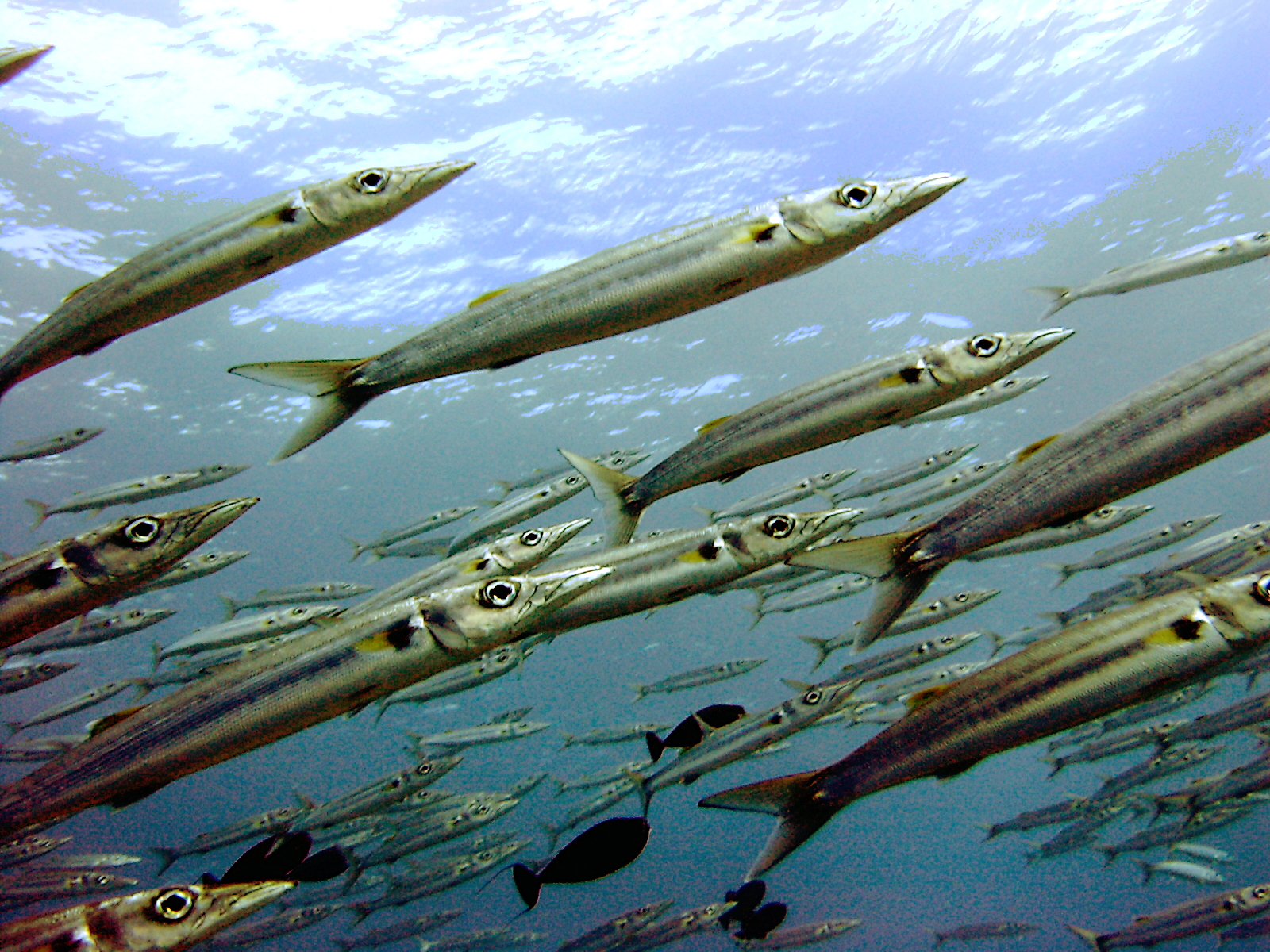
Barracudas possess a unique set of biological adaptations that make them formidable predators. Their streamlined bodies enable remarkable bursts of speed—up to 35 mph in some species—allowing them to overtake prey with explosive acceleration. Their jaws feature rows of sharp, fang-like teeth designed for slicing through prey rather than crushing, and their excellent vision helps them spot the flash of potential meals from considerable distances. Behaviorally, barracudas are opportunistic hunters that often employ an ambush strategy, hovering motionless before launching lightning-fast attacks. While typically solitary as adults, juvenile barracudas frequently form schools for protection until they reach a size where they can fend for themselves. Understanding these biological and behavioral traits provides valuable insights for anglers looking to target these fish effectively, as it informs everything from lure selection to retrieval techniques.
Essential Gear for Barracuda Fishing
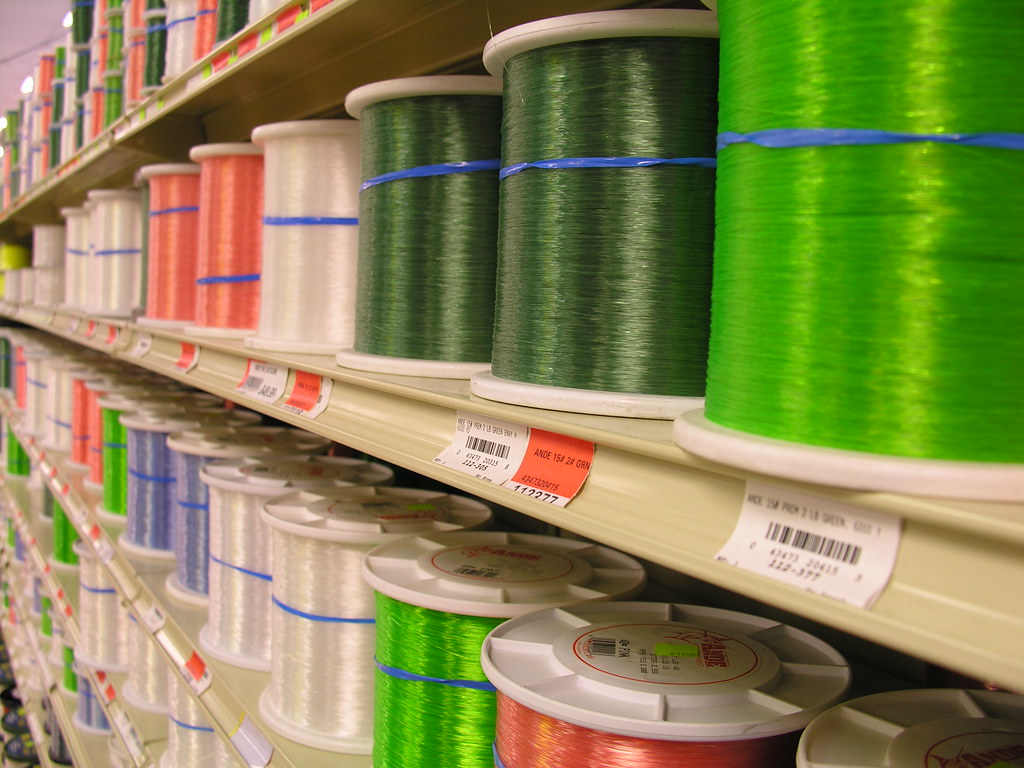
Successful barracuda fishing requires specialized equipment designed to handle their aggressive strikes and powerful runs. For rod and reel combinations, medium to heavy spinning or conventional setups with fast action are ideal, typically in the 20-50 pound class range. Your reel should hold at least 200 yards of line, as barracudas are known for making long, powerful runs when hooked. Regarding line, many anglers prefer 30-50 pound test braided line for its sensitivity and low stretch, though fluorocarbon leaders are essential due to the barracuda’s sharp teeth. Wire leaders (typically 40-60 pound test) of 12-24 inches are non-negotiable when targeting barracudas specifically, as their razor-sharp teeth will make quick work of monofilament or fluorocarbon. Additional essential gear includes quality polarized sunglasses to spot fish in the water, pliers for hook removal, gloves for handling, and proper storage containers if you plan to harvest your catch. Investing in quality gear specifically suited for barracuda fishing will significantly improve both your success rate and safety.
Top Lures and Baits for Barracuda
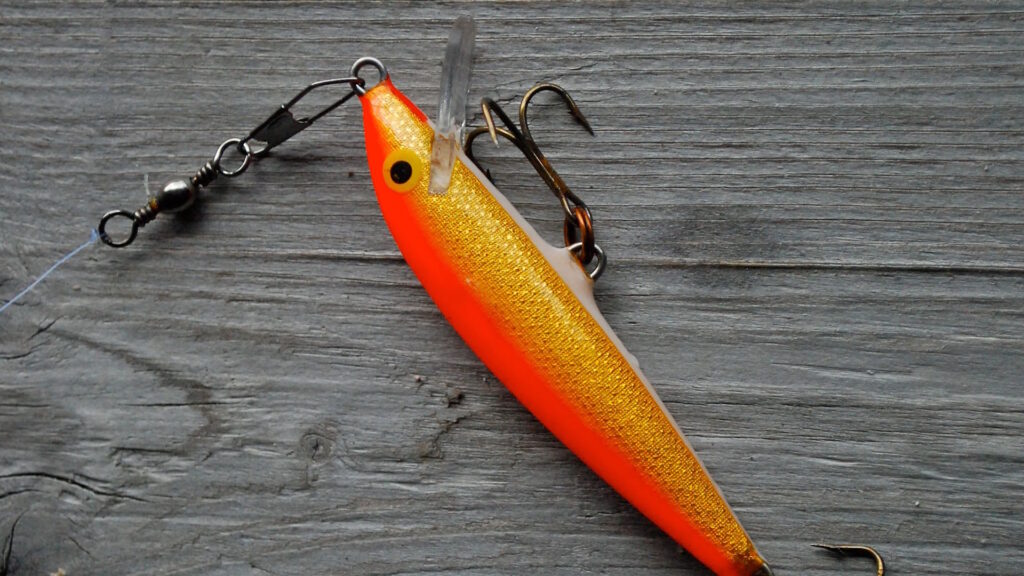
Barracudas are highly visual predators attracted to fast-moving, flashy prey, making lure selection particularly important when targeting these aggressive fish. Tube lures in silver, white, or bright colors that create significant flash and vibration in the water are particularly effective, especially when retrieved at high speeds to trigger the barracuda’s natural predatory instincts. Topwater plugs, particularly walk-the-dog style lures, can create explosive surface strikes that are both effective and thrilling for anglers. Spoons, especially those with reflective surfaces that mimic injured baitfish when retrieved erratically, have long been barracuda favorites. For live bait fishing, small to medium-sized fish like mullet, ballyhoo, or blue runners work exceptionally well, particularly when presented so they can swim naturally. When using natural baits, it’s advisable to bridle them rather than hook them through the body, allowing for a more natural presentation that won’t inhibit their swimming action. The key with any bait or lure is movement—barracudas are triggered by the flash and erratic motion of distressed prey.
Effective Fishing Techniques for Barracuda
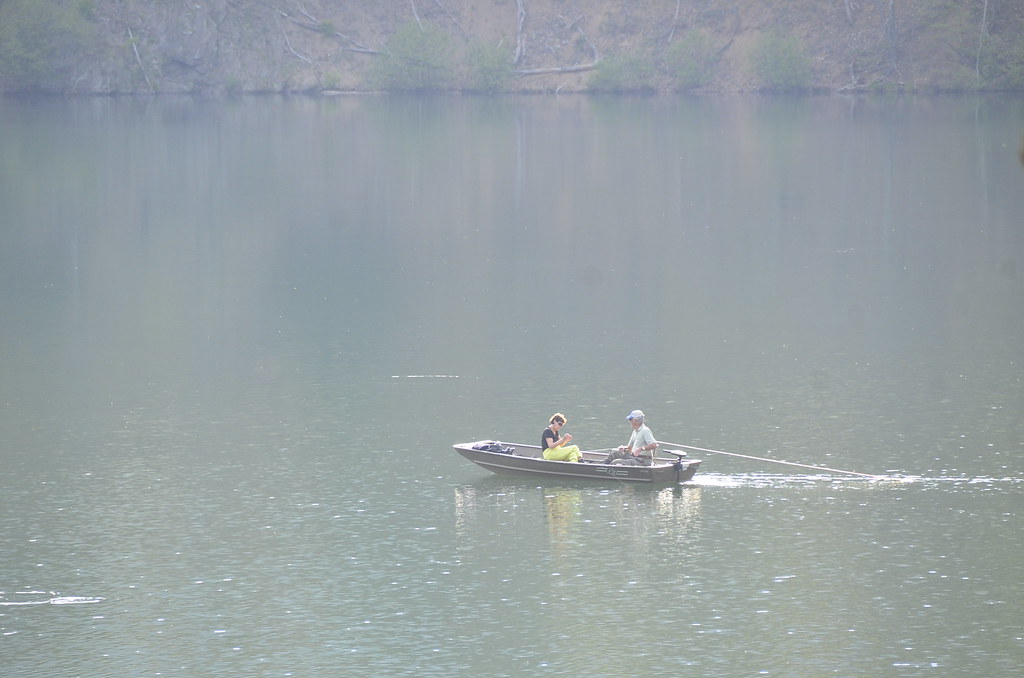
The most productive barracuda fishing techniques capitalize on their aggressive nature and predatory instincts. Cast-and-retrieve methods are particularly effective, especially when lures are retrieved at high speeds with occasional pauses or direction changes to mimic an injured baitfish. Trolling is another highly productive approach, typically at speeds between 6-10 knots with lures or rigged baits positioned to create maximum flash and vibration. When fishing structure like reefs or wrecks, vertical jigging can be devastatingly effective, as the up-and-down motion of a metal jig mimics a disoriented baitfish. For those fishing from shore or piers, sight-casting to cruising barracudas can provide heart-stopping action, requiring accurate casts and immediate, fast retrieves once the lure hits the water. Regardless of technique, it’s important to incorporate speed and erratic movements into your presentation, as barracudas typically ignore slow-moving offerings. The strikes are often aggressive and immediate, so maintain a firm grip on your rod and be prepared for powerful initial runs when a barracuda takes your offering.
Prime Fishing Locations and Seasons

Understanding when and where barracudas are most active can dramatically improve your chances of success. In tropical regions, barracudas can be targeted year-round, though many locations experience peak activity during warmer months when baitfish are abundant. In more temperate regions with seasonal temperature fluctuations, such as Florida or the northern Gulf of Mexico, the best barracuda fishing typically occurs from late spring through early fall when water temperatures remain consistently above 75°F. Structure-oriented fishing around reefs, shipwrecks, and drop-offs often produces the best results, particularly during incoming tides when predatory fish become more active. Channel edges adjacent to flats, especially in the Florida Keys and Caribbean, are prime locations where barracudas patrol for prey moving with changing tides. In the Pacific, barracuda species are often found around offshore islands and reefs, particularly in areas with strong currents that concentrate baitfish. Local knowledge is invaluable, so consulting with area guides or tackle shops can provide up-to-date information on current barracuda hotspots in your specific region.
Fighting and Landing Techniques
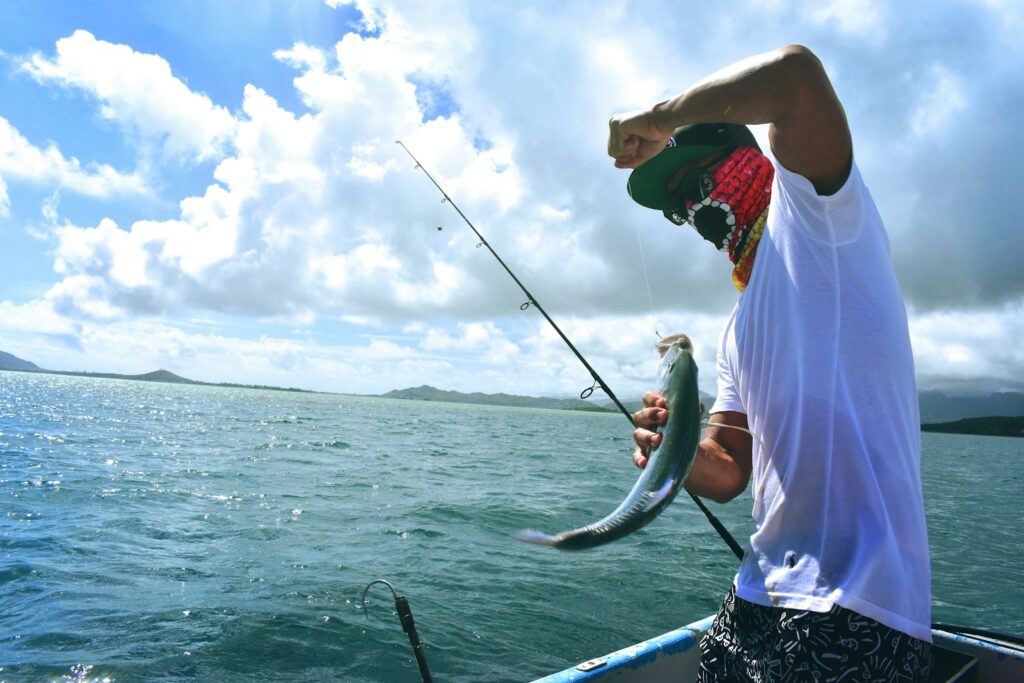
Successfully fighting and landing a barracuda requires a balance of aggression and patience, as these powerful fish are known for their spectacular initial runs and acrobatic jumps. When a barracuda strikes, maintain steady pressure without attempting to horse the fish to the boat too quickly, which can lead to pulled hooks or broken lines. Be prepared for multiple runs and possibly aerial displays as the fish attempts to throw the hook. Keep your rod tip up at about a 45-degree angle during the fight to absorb sudden lunges while maintaining tension. As the fish tires, be particularly cautious during the final approach to the boat or shore, as barracudas often have one last powerful burst of energy when they see the angler or vessel. When the fish is alongside, avoid grabbing the leader too close to the fish, as head shakes can bring those razor-sharp teeth dangerously close to your hands. For larger specimens, a proper landing net or gaff (if harvesting) is essential for safely securing the fish. The entire fight typically lasts between 5-15 minutes depending on the size of the fish and the tackle used.
Safe Handling Practices
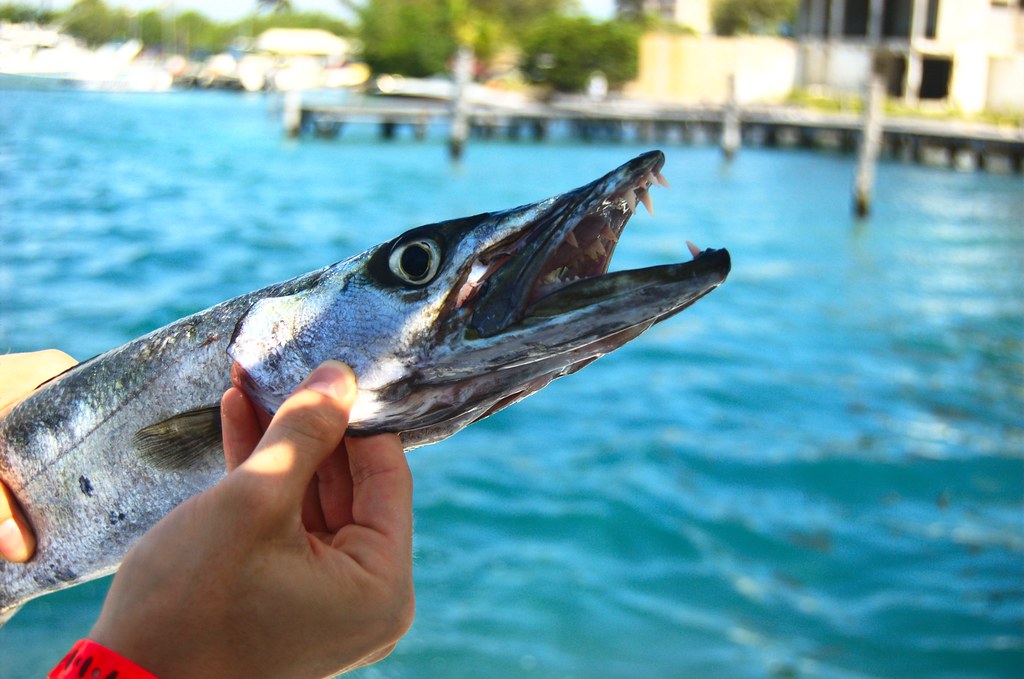
Proper handling of barracudas is critical for both angler safety and the fish’s welfare, particularly if practicing catch and release. Never attempt to handle a barracuda by gripping its body, as their teeth can inflict serious injuries even during seemingly minor struggles. Instead, use a proper fish grip tool attached to the lower jaw, keeping the fish in the water while removing the hook with long-handled pliers or dehooking tools. Heavy gloves provide an additional layer of protection but shouldn’t replace proper handling tools. If you must bring the fish into the boat for measurement or photos, wet a soft, rubberized landing mat to minimize damage to the fish’s protective slime coating. Keep your hands well away from the mouth at all times, and never hold a barracuda vertically by its jaw, which can damage its internal organs. When taking photos, minimize air exposure to less than 30 seconds to improve survival rates upon release. For larger specimens that you plan to release, it’s often best to remove the hook while the fish remains in the water alongside the boat rather than bringing it aboard at all.
Safety Concerns and Precautions
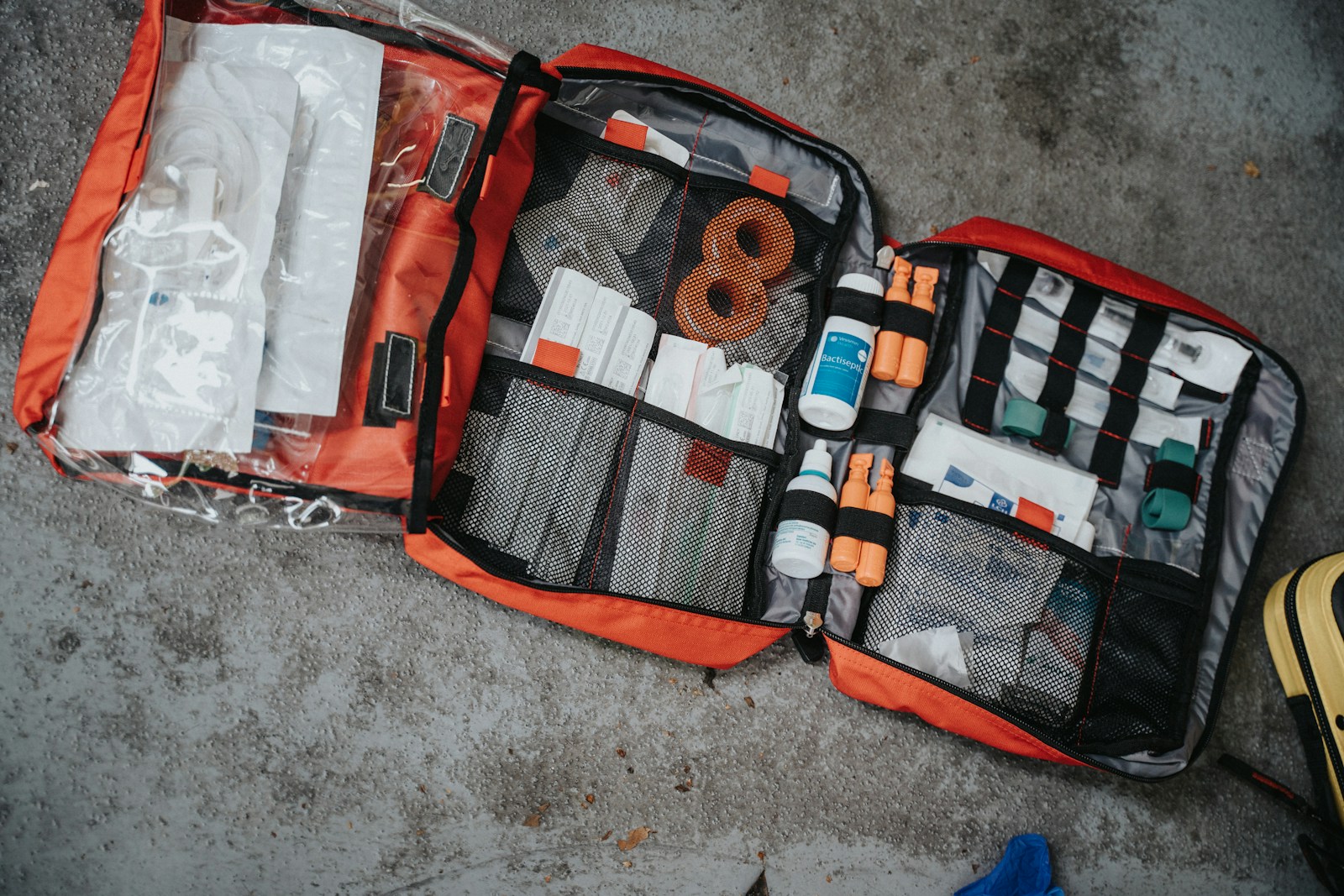
Beyond their impressive teeth, barracudas present several safety considerations that responsible anglers should address before pursuing these powerful predators. Ciguatera poisoning represents a serious concern in certain regions, particularly with larger barracudas over 3.5 feet in length that have accumulated this naturally occurring toxin from their prey. This illness cannot be destroyed by cooking and causes neurological and gastrointestinal symptoms that can last for weeks or months. Research local advisories before harvesting barracudas for consumption, as certain areas prohibit keeping larger specimens specifically due to ciguatera risk. While fishing, remove shiny objects like watches, rings, or bracelets that might attract curious barracudas in clear water, as there have been rare instances of barracudas mistaking these items for baitfish. Always have a first aid kit equipped to handle puncture wounds on board, including antiseptic solutions and bandaging materials. Fishing with a partner is highly recommended when targeting large predatory species, providing assistance in case of accidents and making fish handling considerably safer.
Catch and Release Best Practices
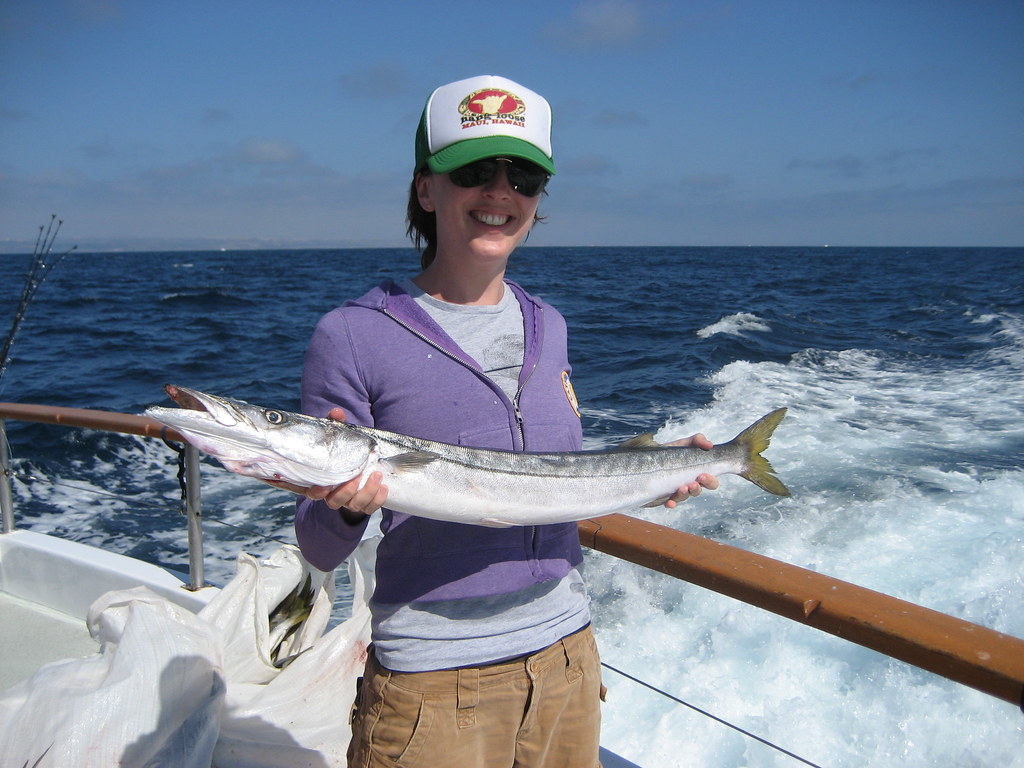
Practicing responsible catch and release helps ensure sustainable barracuda populations for future generations to enjoy. When planning to release a barracuda, preparation begins before you even hook the fish by using appropriate tackle that minimizes fight time, reducing stress and physical exertion that can impact survival. Circle hooks significantly reduce deep-hooking compared to traditional J-hooks, making them the preferred choice for catch and release fishing. Once hooked, land the fish quickly but without excessive pressure that might cause injury. When removing hooks, use proper tools while keeping the fish in the water whenever possible, supporting its weight horizontally rather than lifting it vertically. If photographs are desired, minimize air exposure to less than 30 seconds, and never place the fish on dry, hot surfaces like boat decks. When releasing, hold the barracuda in the water facing into the current, gently moving it forward to facilitate water flow over its gills until it swims away under its own power. Properly reviving exhausted fish can take several minutes but dramatically improves survival rates.
Preparing and Cooking Barracuda

For anglers who choose to harvest barracuda in areas where it’s considered safe, proper preparation begins immediately after the catch. Bleeding the fish by cutting through the gills and placing it on ice promptly helps preserve meat quality and flavor. When cleaning barracuda, fillet the fish as you would other species, but take extra care to remove all dark meat along the lateral line, which can have a stronger flavor that some find unpleasant. The white meat should be firm and mild-flavored when fresh. To minimize any risk of ciguatera toxin (in regions where this is a concern), focus on smaller specimens under 3.5 feet and avoid eating the head, organs, and roe, where toxins tend to concentrate. Barracuda meat works well in recipes calling for firm, white fish—grilling, blackening, or making fish tacos are particularly popular preparation methods. A simple preparation highlighting the fish’s natural flavor involves grilling fillets with olive oil, lemon, garlic, and herbs. Always check local regulations and health advisories before consuming barracuda, as recommendations vary significantly by region.
Conservation and Ethical Considerations
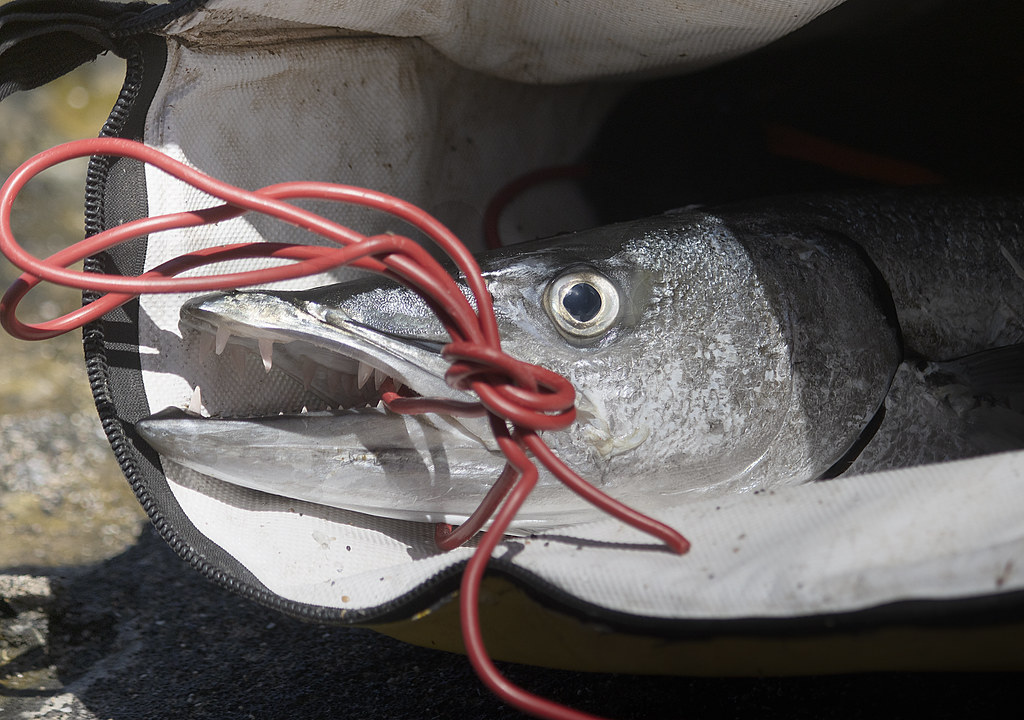
While most barracuda species are not currently considered threatened globally, localized population declines have occurred in heavily fished areas, highlighting the importance of sustainable angling practices. Most recreational fishing regulations for barracudas include size limits, bag limits, and seasonal restrictions designed to protect breeding populations, though these vary considerably by location. Stay informed about current regulations in your fishing area, as these may change based on updated population assessments. Beyond legal requirements, ethical anglers practice selective harvesting, taking only what they plan to consume and releasing breeding-sized specimens. Using circle hooks and proper release techniques significantly reduces post-release mortality rates, particularly important when targeting fish primarily for sport. Consider participating in citizen science projects that track barracuda populations, such as tag-and-release programs that provide valuable data to fisheries managers. By approaching barracuda fishing with conservation in mind, anglers help ensure these magnificent predators remain a vibrant part of marine ecosystems and continue to provide thrilling fishing opportunities for future generations.
Barracudas represent one of the most exciting challenges in saltwater angling, offering heart-stopping strikes and powerful fights that create lasting memories. Successfully targeting these magnificent predators requires specialized knowledge of their behavior, proper gear selection, and strict adherence to safety protocols during handling. Whether you’re pursuing barracudas for the thrill of the catch or as a food source where safe to do so, approaching these fish with respect for both their capabilities and their ecological importance ensures a rewarding experience. By combining the technical aspects of successful barracuda fishing with responsible conservation practices, anglers can enjoy the unique excitement these formidable predators provide while helping preserve healthy populations for the future.
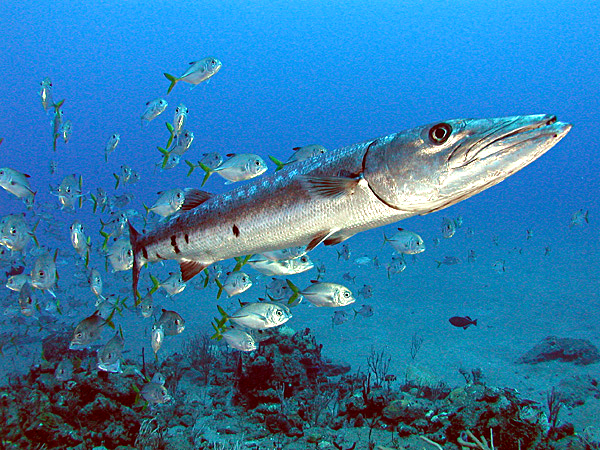
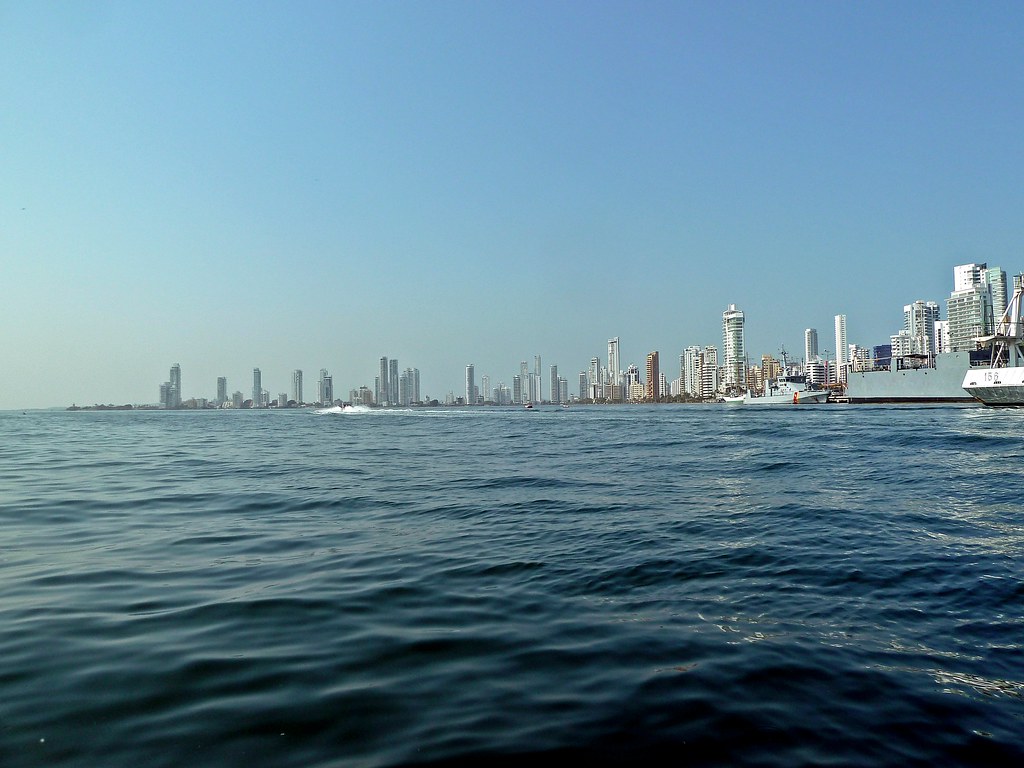

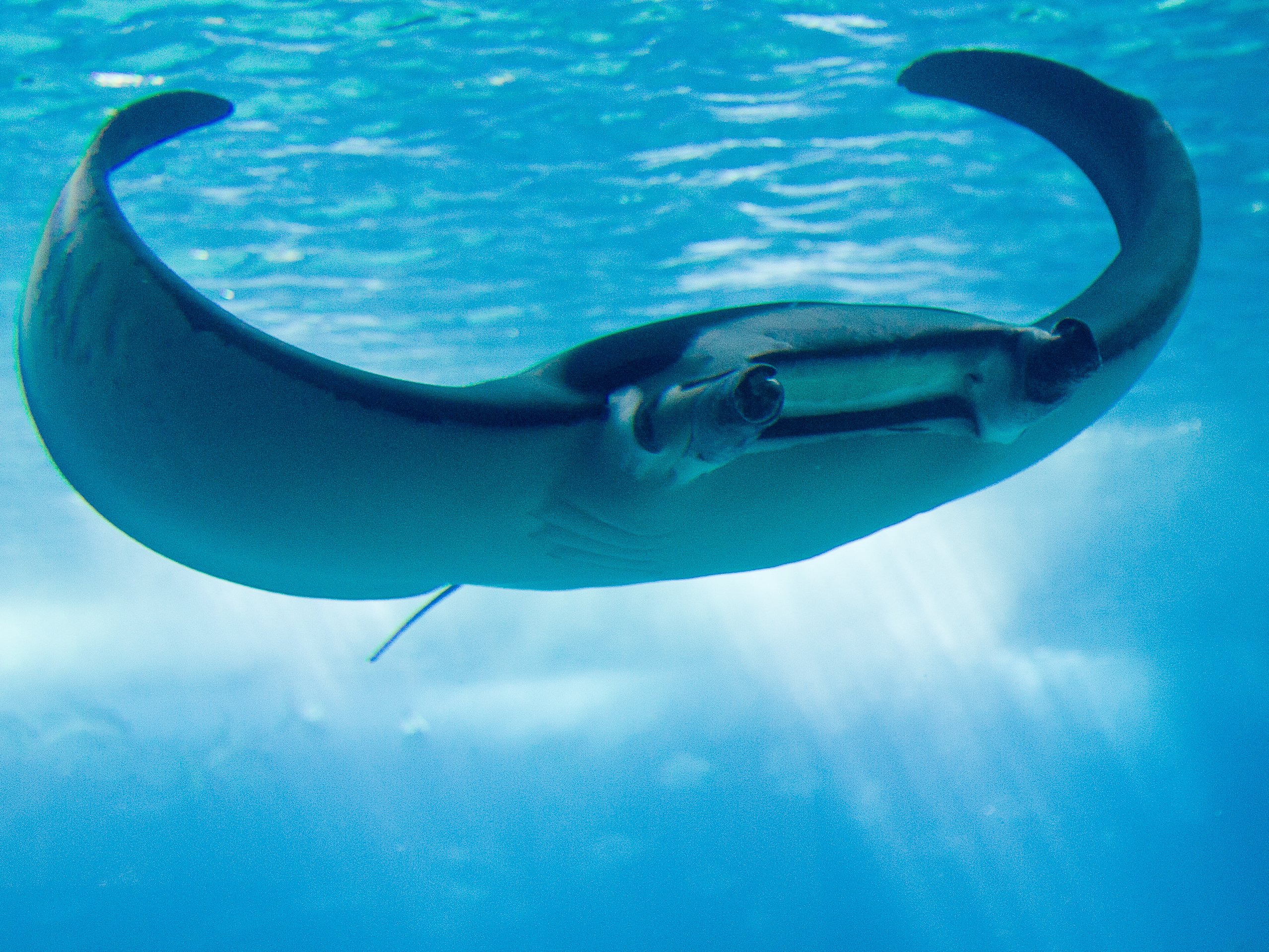
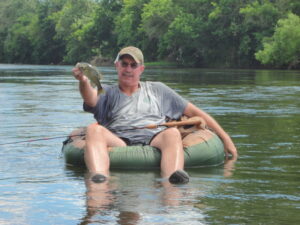
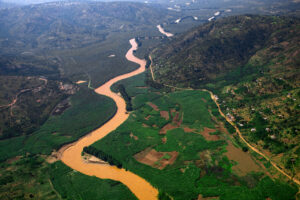








Post Comment